Why Your Opener Suddenly Went Dark
A dead opener is frustrating, but most fixes are simple and safe when done patiently.
Start with the basics, then work toward deeper checks and component tests.
If you’re thinking “no power to garage door opener,” this guide walks you through every step.
Safety First: Before You Touch Anything
Unplug the opener before opening covers or touching terminals.
Use a non-contact voltage tester where possible.
Wear safety glasses and avoid metal ladders near live circuits.
If the situation still screams no power to garage door opener, proceed methodically.
Fast Checks You Can Do in Minutes
Confirm the ceiling outlet works with a lamp.
If the lamp stays dark, the problem is upstream.
If it lights, the opener may have an internal fault or tripped protection.
When an outlet is dead, many assume no power to garage door opener means a failed motor.
Often, it’s just a tripped GFCI or breaker.
Check GFCI and Breakers
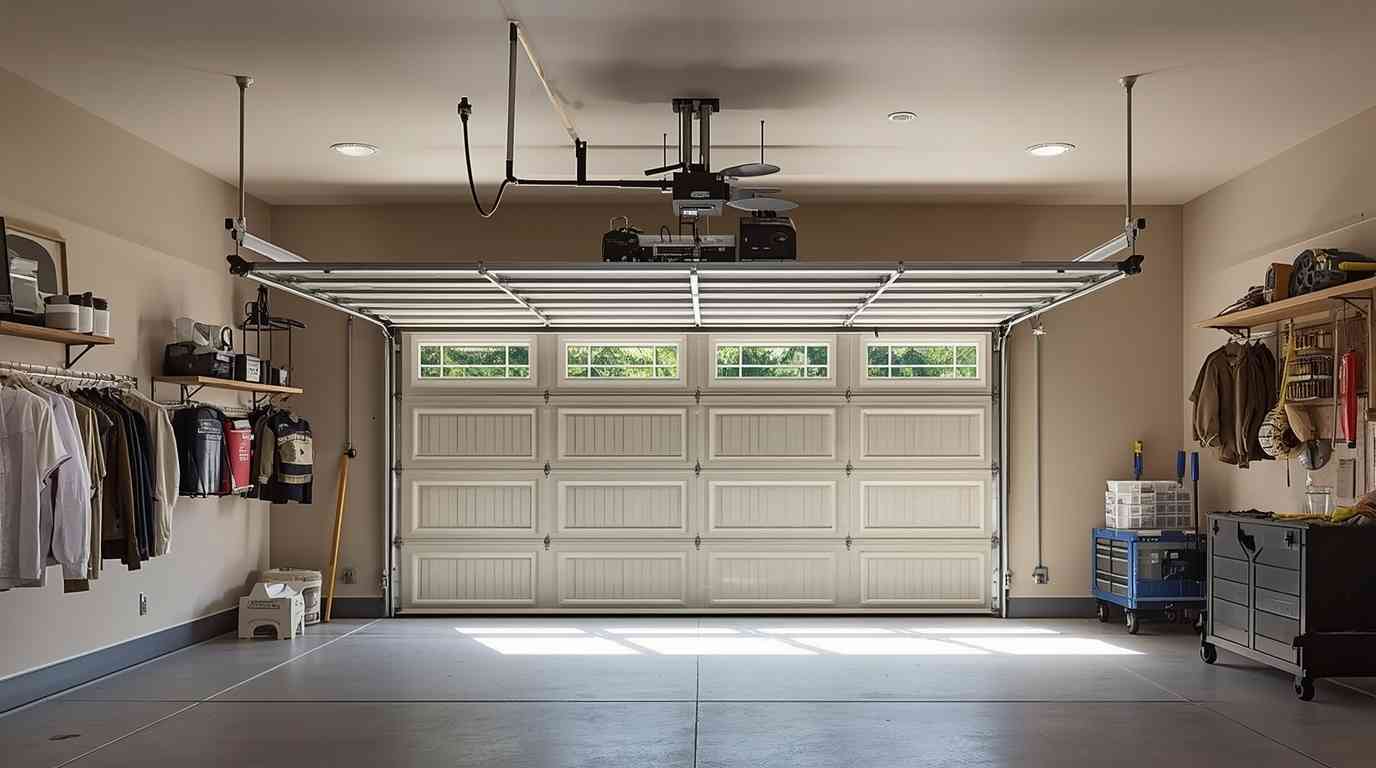
Locate GFCIs in garages, bathrooms, basements, or exterior outlets.
Press Reset firmly; some require extra pressure.
At the panel, look for a breaker sitting between ON and OFF.
Flip fully OFF, then back ON to restore service after no power to garage door opener events.
Test With a Simple Load or Meter
A plug-in lamp confirms live power fast.
A multimeter tells you voltage precisely.
Measure 120V at the outlet in North America, or local mains elsewhere.
No reading? The issue is upstream wiring, protection, or a loose connection.
When Extension Cords Cause Problems
Long, thin cords drop voltage and heat up.
Avoid temporary cords for permanent openers.
Plug directly into a dedicated receptacle.
Voltage sag can mimic no power to garage door opener during startup surges.
Understand the Basics of Wiring
Many issues trace to loose screws in the ceiling box, worn plugs, or miswired neutrals.
Tighten terminations gently but firmly.
Keep neutral and ground distinct to prevent nuisance trips and strange behavior with no power to garage door opener symptoms.
The Role of Garage Receptacles
Garages often share circuits with outdoor outlets.
Moisture trips GFCIs downstream, starving the opener.
If one GFCI feeds many locations, protect it with a weatherproof cover.
Mapping the circuit saves time on repeat trips.
Wiring Reference and Labels
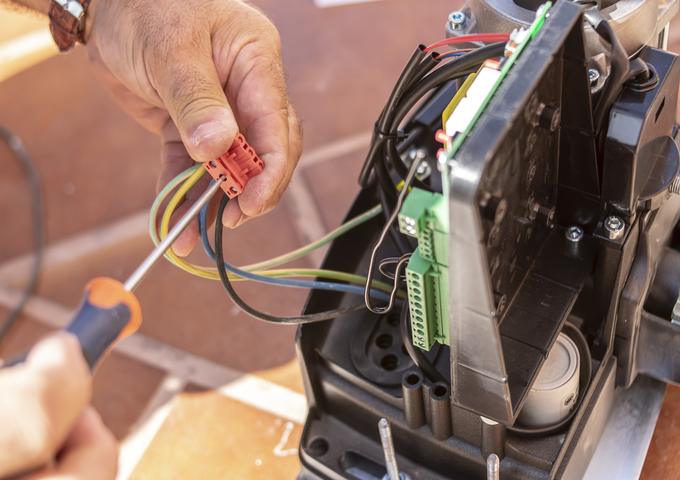
Follow the manufacturer’s schematic on the motor housing.
Wire colors and terminal names vary by brand.
Label any wire you remove to avoid confusion later.
If you’re unfamiliar, search your model’s garage door opener wiring guide for orientation.
Diagrams Prevent Guesswork
A picture beats memory during repairs.
Most manuals include a garage door opener wiring diagram showing power input, logic board fuses, wall control, and safety sensors.
Keep a printout handy while you test.
Evaluate the Power Input Path
Power enters at the cord and receptacle.
From there, it passes through surge protection, an internal fuse, or a thermal link.
If nothing lights—no LEDs, no click—suspect the fuse or MOV.
Cord, Plug, and Strain Relief
Inspect the cord for cuts, crushed sections, or scorch marks.
Wiggle the plug gently; looseness causes intermittent outages.
A damaged cord should be replaced, not taped.
Wall Control vs. Power Loss
A dead wall control doesn’t always mean a dead opener.
If the motor housing LEDs and courtesy light are off, that’s power loss.
If housing LEDs glow but the wall button is dead, look to the low-voltage control wiring.
Sensor Misalignment Isn’t a Power Problem
Blocked or misaligned photo-eyes stop door travel.
They do not explain no power to garage door opener.
Fix sensors after you confirm steady power and logic board activity.
Know Your Opener’s Appetite
Different motors draw different currents, especially at startup.
LED bulbs help reduce total draw on shared circuits.
Understanding garage door opener wattage helps avoid overloading small circuits or long runs.
Surges, Storms, and Brownouts
Lightning and grid events can kill control boards.
After a storm, many homeowners report no power to the garage door opener until fuses or boards are replaced.
Consider whole-home surge protection to prevent repeat failures.
Internal Fuse and Thermal Link
Some units hide a mini-fuse on the logic board.
Others use a thermal fuse within the transformer.
A blown component cuts all power.
Replace only with identical ratings to avoid fire risk.
Wall Button and Low-Voltage Runs
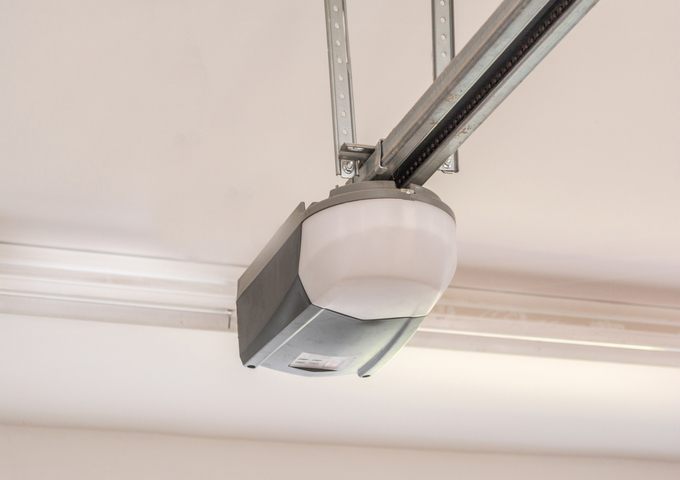
Staples can pinch low-voltage cable.
If buttons or keypads are unresponsive but the motor has lights, test with a short jumper at the head.
That isolates wiring from the control board.
Battery Backup: Silent Saviors
Many modern models include backup power.
If LEDs show life but the outlet is off, the backup keeps things running briefly.
A weak garage door opener battery can confuse diagnosis; replace it per the manual.
Capacitors and Hard Starts
A failing start capacitor makes motors stall or hum.
While not “no power,” it feels similar when the door won’t move.
Look for bulging cases or oil leaks.
Replace with the same microfarad rating.
Loose Neutrals and Backstabbed Outlets
Builders sometimes use backstab connections.
Over time, heat and cycles loosen them.
Move wires to the screw terminals for a firmer connection.
This alone clears many “dead” outlets feeding the opener.
Shared Circuits and Nuisance Trips
Freezers, shop vacs, and chargers share garage circuits.
Simultaneous loads trip breakers.
If no power to garage door opener occurs after big appliance starts, separate circuits or stagger usage.
Evaluate the Receptacle
A worn receptacle loses spring tension on blades.
The plug feels loose and arcs subtly.
Replace any outlet that won’t grip a plug tightly.
GFCI Aging and Replacement
GFCIs wear out and nuisance-trip with age.
If resets fail, replace the device.
Choose a weather-resistant model for exterior locations feeding garage outlets.
Moisture and Condensation Issues
Damp junction boxes corrode contacts.
Sealed covers and in-use covers outdoors help.
Keep cords off the floor to avoid puddles.
The Role of Surge Protectors
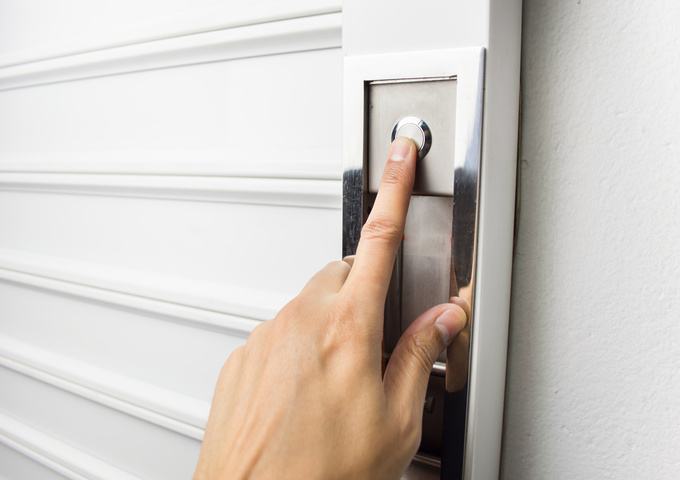
Power strips are not substitutes for proper wiring.
Use listed surge devices only as supplemental protection.
If no power to garage door opener loses power after frequent storms, consider a surge-protected receptacle.
When the Logic Board Fails
If fuses are intact and power reaches the board, suspect the board.
Look for burnt traces or swollen components.
Replacement is often cheaper than board-level repair.
Step-by-Step Diagnostic Flow
Verify outlet power with a lamp.
Reset GFCIs and breakers.
Inspect cord, plug, and receptacle.
Open the cover and check fuses.
Confirm low-voltage controls.
Only then replace the board or call a professional.
Basic Tools That Help
A non-contact tester, a multimeter, and a screwdriver handle most tasks.
Add a headlamp for attic or ceiling work.
Keep spare fuses that match your opener’s specs.
Preventive Maintenance
Tighten electrical connections annually.
Vacuum dust from vents so electronics stay cool.
Replace worn bulbs with LED types approved by the manufacturer.
Cable Management Matters
Avoid draping cords over sharp metal edges.
Use clips or raceways to guide low-voltage runs.
Neat routing prevents snags and intermittent faults.
Consider a Dedicated Circuit
Heavy garage usage benefits from its own 15A or 20A circuit.
A dedicated line reduces nuisance trips and voltage sag.
If no power to garage door opener appears during peak tool use, a new circuit helps.
Smart Openers and Connectivity
Smart models log power events.
Use the app to see outage times, which helps correlate with breaker trips.
Firmware updates sometimes fix odd behaviors after power restoration.
LED Compatibility
Some bulbs generate interference.
Use bulbs labeled “garage door opener compatible.”
This won’t fix no power to garage door opener, but it prevents remote range issues mistaken for power loss.
Seasonal Clues
Winter brings brittle cords and condensation.
Summer heat stresses electronics.
If failures track seasons, add ventilation or check for attic heat near the opener mount.
When to Call a Pro
If you smell burning, see melted plastic, or the breaker instantly trips, stop.
An electrician should inspect the circuit.
A garage door technician can test boards, motors, and safety systems safely.
What Pros Do Differently
They isolate faults quickly with known-good parts.
They load-test outlets, trace circuits, and measure inrush current.
That precision avoids repeated “maybe” fixes.
Cost Expectations
Replacing a GFCI or outlet is inexpensive.
Boards and motors cost more but often beat the replacement of the whole unit.
Get quotes for both repair and replacement when no power to the garage door opener persists.
Document Your Setup
Photograph wiring before you change anything.
Note breaker numbers, GFCI locations, and model numbers.
Keep receipts for date-stamped maintenance history.
Upgrades That Prevent Recurrence
Add a surge protector, a dedicated circuit, and weather-resistant devices.
Replace aging cords and outlets proactively.
Choose openers with robust diagnostics and battery backup.
Quick Wins Checklist
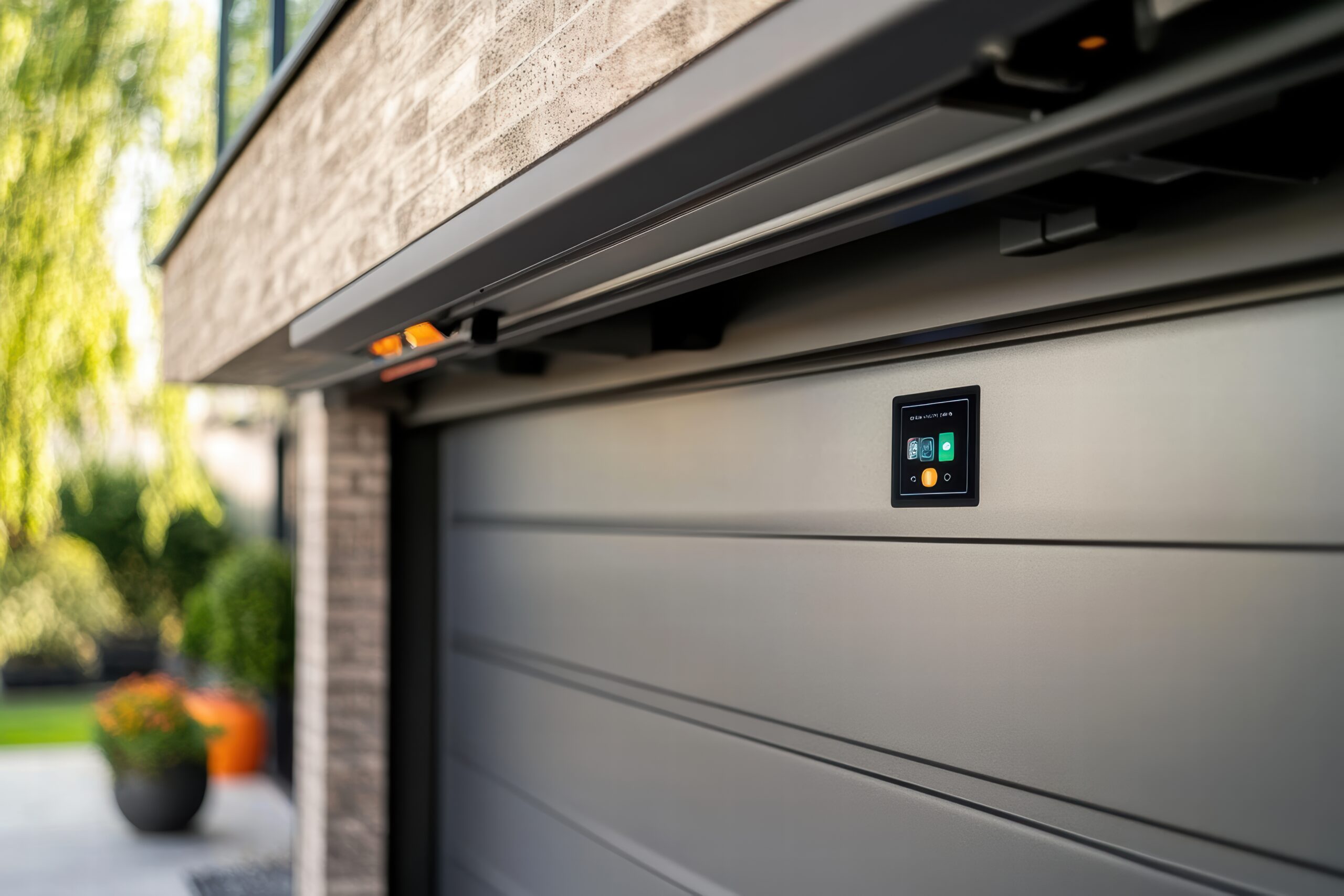
Reset GFCIs.
Cycle the breaker.
Test the outlet with a lamp.
Inspect the cord and plug.
Check fuses inside the opener.
Confirm low-voltage wall controls.
Understanding Manufacturer Variations
Brands differ on fuse locations, wire colors, and test modes.
Your manual is the authority.
If you lost it, download a PDF from the manufacturer’s support page.
Keep Sensors Clean, But Prioritize Power
Wipe the photo-eyes and check alignment.
That ensures smooth operation once power is stable.
Work from wall power to board power, then to controls and safety systems.
Final Thoughts
Electrical issues don’t have to be mysterious.
With patient, orderly testing, most homeowners can restore service.
If no power to garage door opener remains after these steps, a professional assessment is the safest next move.
FAQs
Why did my opener lose power after a storm?
Surges can blow internal fuses or damage the logic board.
Reset breakers and GFCIs first.
If LEDs remain dark, open the cover and inspect fuses.
Persistent failure after a surge often requires board replacement by a technician.
How do I know if the outlet or the opener is bad?
Test the outlet with a lamp or meter.
If the outlet is live, the fault is inside the opener.
If dead, trace GFCIs and breakers.
Avoid assumptions like “no power to garage door opener” until you verify the outlet.
Can I replace the cord or plug myself?
Yes, if you’re comfortable and follow electrical safety.
Use a cord with equal or better rating and proper strain relief.
If insulation is brittle or connections look scorched, consider a professional repair or unit replacement.
My wall button is dead, but the opener light is on. What now?
You likely have a low-voltage control issue, not a power loss.
Check the wall button wiring for staples, cuts, or loose screws.
Test by shorting the control terminals at the opener head to simulate a button press.
Should I upgrade or repair an older unit?
If parts are scarce or reliability is poor, upgrade.
New models add better surge protection, diagnostics, and backups.
Balance part cost, labor, and downtime against the value of a modern, safer system.


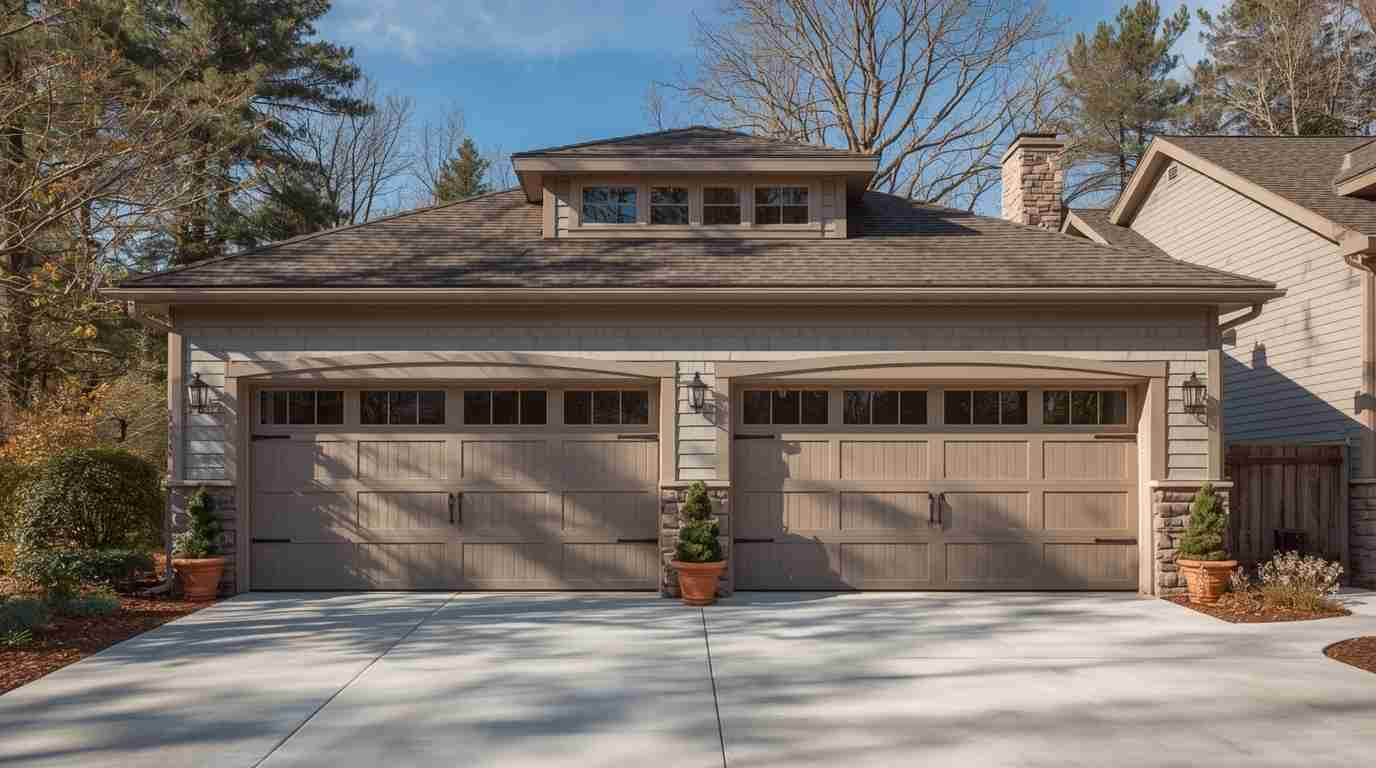
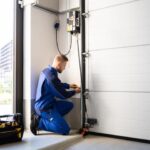
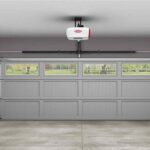

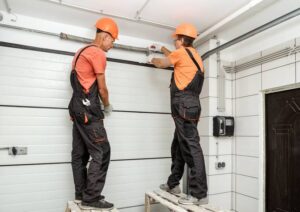


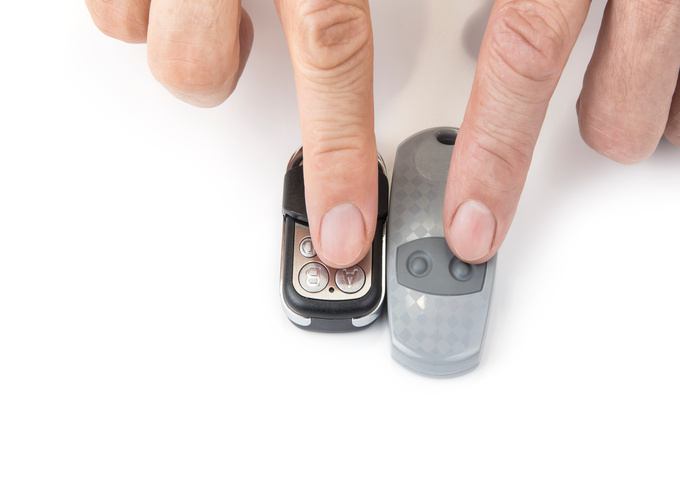
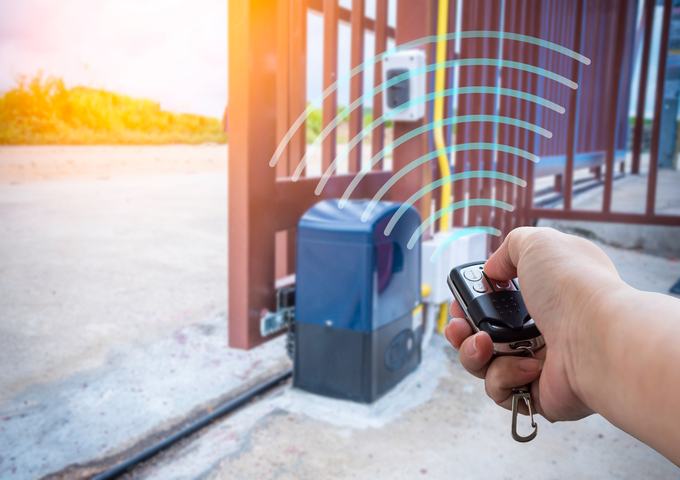
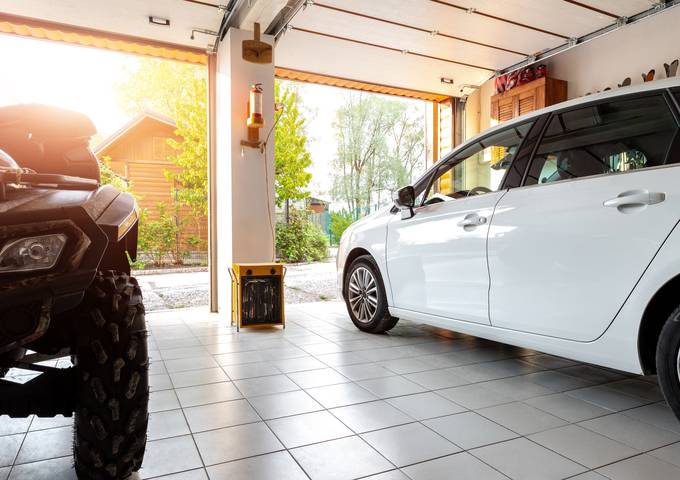
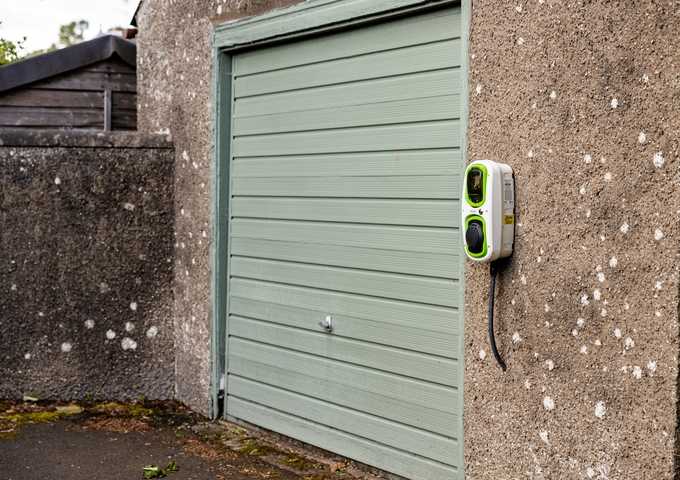
Leave a comment